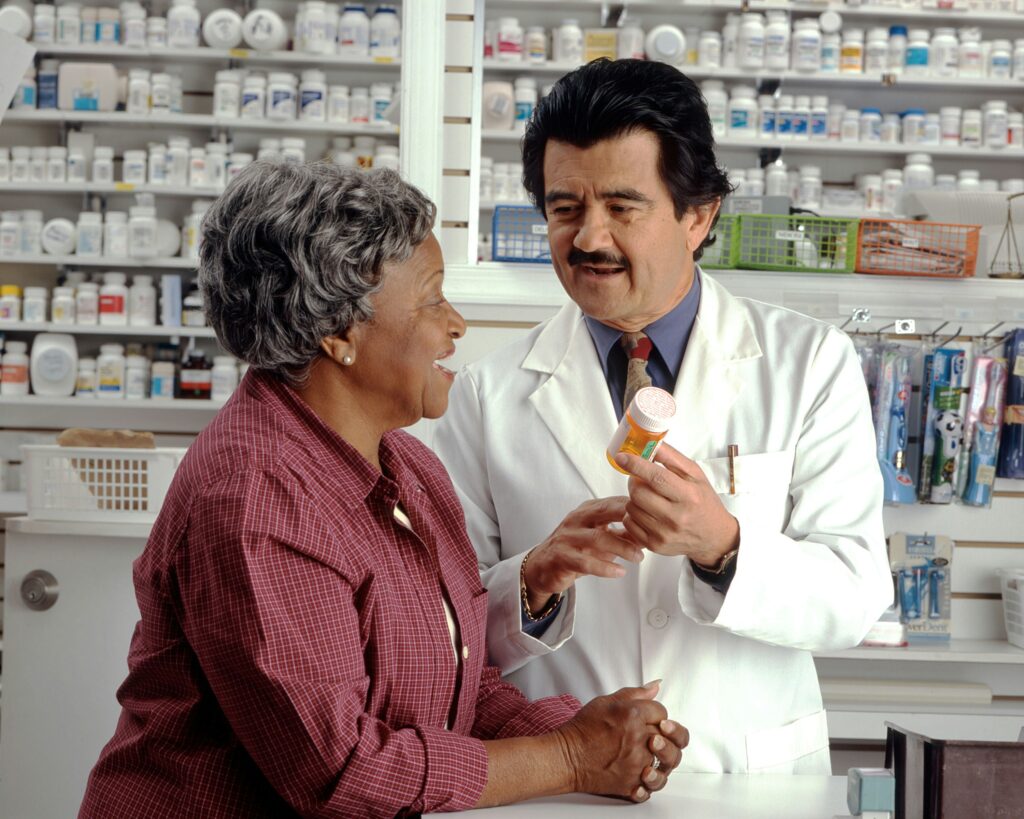Introduction
In the complex world of pharmaceuticals, the issue of Look-Alike Sound-Alike (LASA) drugs poses significant risks to patient safety. These drugs, which can be easily confused due to their similar appearances or names, have been a persistent challenge in healthcare. This narrative delves into the intricacies of LASA drugs, their impact on patient safety, and the strategies employed to mitigate associated risks.
Understanding LASA Drugs
LASA drugs are medications that look alike or sound alike to other medications. This similarity can lead to medication errors, such as dispensing the wrong drug or incorrect dosing. The confusion often arises from:
- Similar Packaging: Medications with similar colors, shapes, or packaging designs.
- Phonetic Similarities: Drug names that sound alike when spoken.
- Orthographic Similarities: Drug names that look alike when written.
Examples of LASA Drugs
- Celebrex (celecoxib) and Celexa (citalopram): One is a pain reliever, and the other is an antidepressant.
- Hydroxyzine and Hydralazine: One treats allergies and the other manages high blood pressure.
- Lamisil (terbinafine) and Lamictal (lamotrigine): One is an antifungal, and the other is an anticonvulsant.
Impact on Patient Safety
Medication errors due to LASA drugs can lead to serious adverse effects, ranging from mild discomfort to severe health complications or even death. The Institute for Safe Medication Practices (ISMP) and the U.S. Food and Drug Administration (FDA) have documented numerous cases where LASA errors have resulted in significant harm.
Case Study: The Tragic Consequence of LASA Errors
Consider the case of a patient prescribed Celebrex for arthritis pain but was mistakenly given Celexa, an antidepressant. The patient experienced severe side effects and worsening of their arthritis symptoms, leading to hospitalization. Such errors highlight the critical need for vigilance and robust safety measures in medication administration.
Strategies to Prevent LASA Errors
- Pharmacist and Healthcare Provider Training: Continuous education on LASA drugs and potential errors can enhance awareness and prevent mistakes.
- Electronic Prescribing Systems: Implementing electronic prescribing systems with built-in alerts for LASA drugs can reduce the likelihood of errors.
- Tall Man Lettering: Uppercase letters highlighting differences in similar drug names (e.g., hydrALAzine vs. hydrOXYzine) can help distinguish them.
- Barcode Scanning: Employing barcode scanning technology in pharmacies and hospitals ensures the correct medication is dispensed.
- Patient Education: Educating patients about their medications, including names and purposes, empowers them to be vigilant and report any discrepancies.
Real-Life Application: The Role of Technology
In a busy hospital pharmacy, a barcode scanning system flagged a potential error: a prescription for Lamictal was about to be filled with Lamisil. The alert prompted the pharmacist to double-check the prescription, preventing a serious medication error. This scenario underscores the importance of technology in safeguarding patient health.
Regulatory and Organizational Measures
Regulatory bodies like the FDA and organizations such as the ISMP play crucial roles in mitigating LASA risks. They provide guidelines, maintain lists of LASA drug pairs, and promote best practices in medication management.
FDA’s Role
The FDA requires drug manufacturers to:
- Conduct Name Review: Evaluate new drug names for potential confusion with existing drugs.
- Implement Distinctive Packaging: Design packaging that reduces the likelihood of confusion.
- Provide Clear Labeling: Ensure that drug labels clearly differentiate between LASA medications.
ISMP Initiatives
The ISMP offers resources and tools for healthcare professionals, including:
- Medication Safety Alerts: Regular updates on reported LASA errors and prevention strategies.
- Educational Programs: Training modules and workshops on medication safety.
- Error Reporting Systems: Platforms for healthcare providers to report and analyze medication errors.
Challenges in Addressing LASA Issues
Despite these efforts, several challenges remain:
- Human Factors: Fatigue, distractions, and high workload can contribute to errors.
- Communication Barriers: Miscommunication among healthcare providers can exacerbate LASA risks.
- Limited Resources: Smaller healthcare facilities may lack the resources to implement advanced safety technologies.
Future Directions
To further reduce these errors, the healthcare industry must continue to innovate and adapt. Potential future directions include:
- Artificial Intelligence (AI): Utilizing AI to predict and prevent medication errors by analyzing prescribing patterns and flagging potential LASA risks.
- Enhanced Patient Involvement: Leveraging digital tools to engage patients in their medication management, providing reminders and alerts for drug identification.
- Global Collaboration: Sharing data and best practices internationally to develop standardized solutions for LASA issues.
Conclusion
LASA drugs present a significant challenge in the pharmaceutical industry, posing risks to patient safety through potential medication errors. By understanding the causes and implementing multifaceted strategies involving technology, education, and regulatory measures, healthcare providers can significantly reduce these risks. Continuous vigilance and innovation are essential to safeguarding patients from the dangers of LASA drug confusion.

